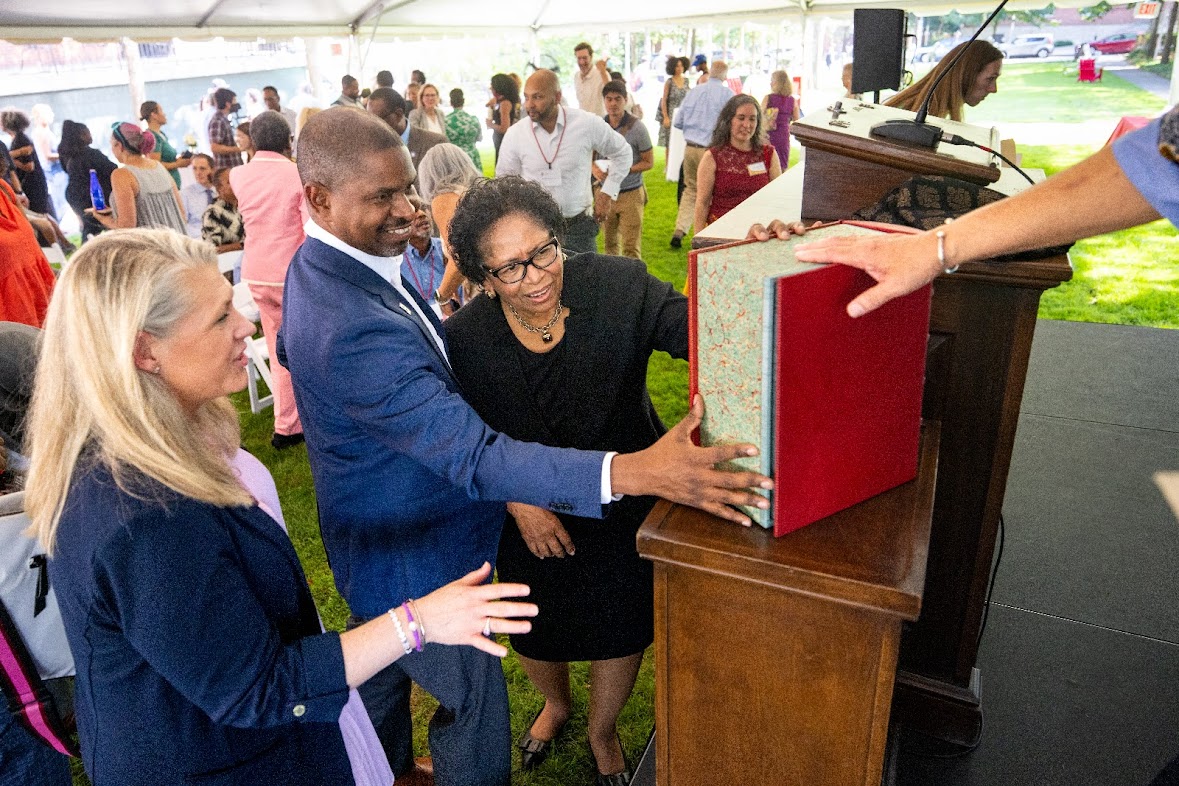
I learned about the Slavery and Justice Report as an alumnus who hadn’t been in regular touch with my alma mater. On hearing about this report I was extremely proud of Brown’s intentional exploration of its founding legacy and relationship to the slave trade. This was a time when few universities or larger public institutions were doing anything of the kind. I was especially impressed by Dr. Ruth Simmons’ deep passion, courage, commitment to probing unresolved questions of history, and her leadership in leading an ongoing institutional process of working toward equity.
In more recent years, as the Center became more well known — thanks to Director Tony Bogues — I learned about the extent of the Center’s research, scholarship and community engagement. Tony understands how to reach across disciplines to address some of the most significant social issues of our time. The work of the Simmons Center embodies qualities that are baked into the DNA of Brown and that drew me to go there as a student, namely a firm commitment to truly independent study and a cross-disciplinary, collaborative approach to inquiry and learning.
I became directly involved at the start of a notable documentary project that Wyncote Foundation has been supporting, “Creating the New World: The Atlantic Slave Trade,” directed by Stanley Nelson and his company, Firelight. This project related in a central way to the Simmons Center Work. This led Wyncote to support the Center in organizing four international convenings of leading researchers in the field to share their work and learn from each other.
What began as a significant scholarly initiative for the Center has at the same time become an invaluable resource for the documentary. The Center continues to work with Firelight to produce the study guide and curriculum for the film. Again, this has been a collaboration where the Simmons Center has contributed deep scholarship that enables much broader education and awareness of many important issues to reach a broader public.
More recently, I joined the Advisory Board of the Center and remain excited to participate in supporting efforts to grow the Center and the impact of its initiatives.
The Simmons Center’s work, in collaboration with partners in different disciplines across Brown’s curriculum as well as with other leading partners in the field, is central to so many conversations across art, history, economics, literature and culture today. The Center’s naming after Dr. Ruth Simmons is a most fitting recognition of the importance of the work that that the Center engenders, and at the same time honors her unique and irreplaceable leadership in the field.